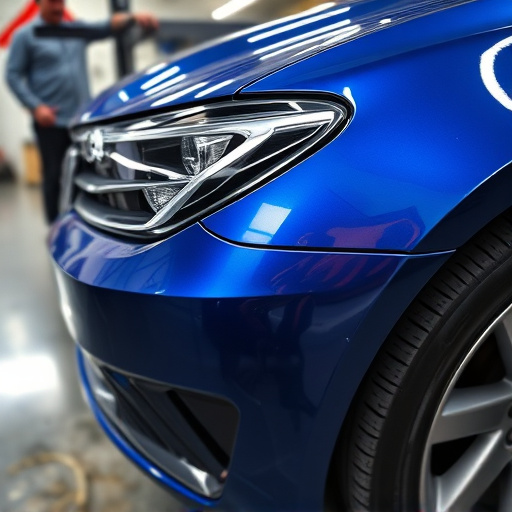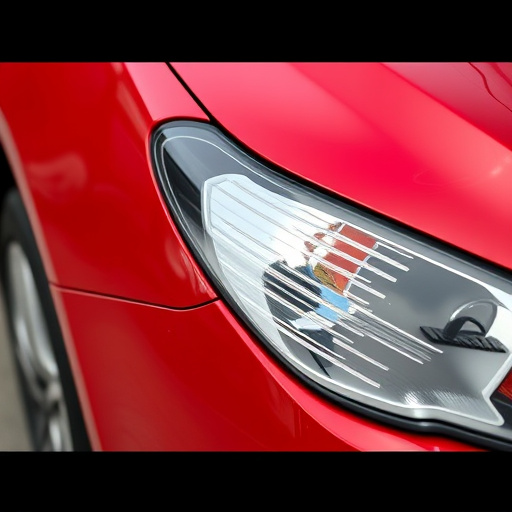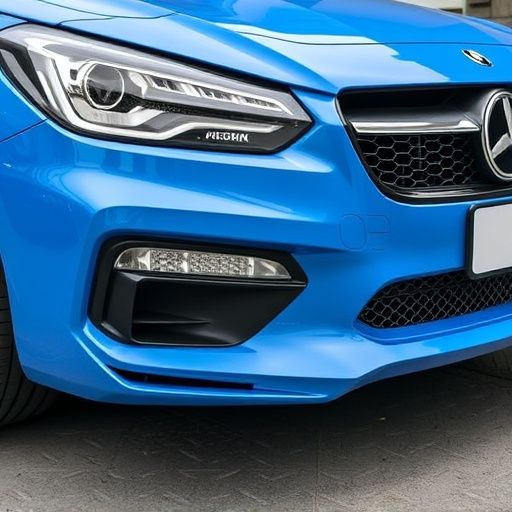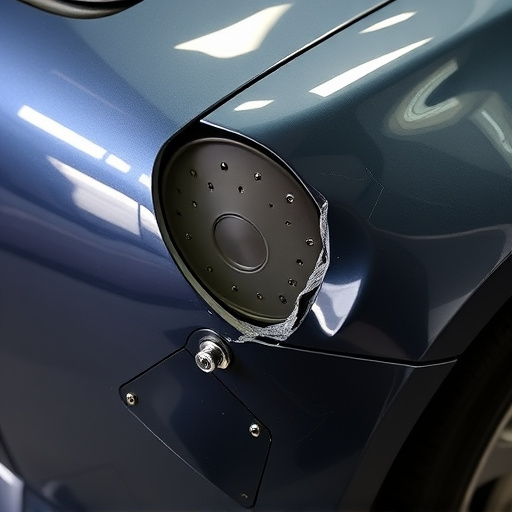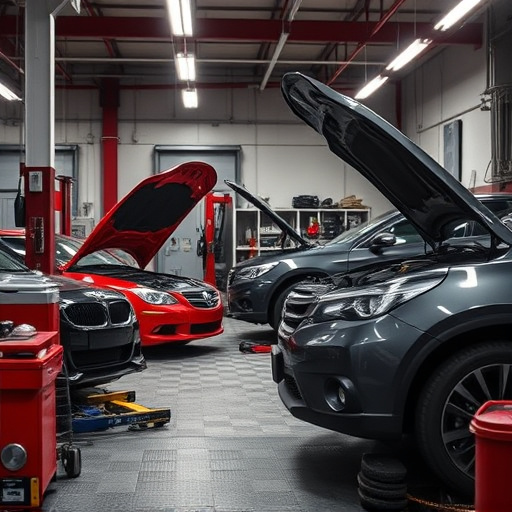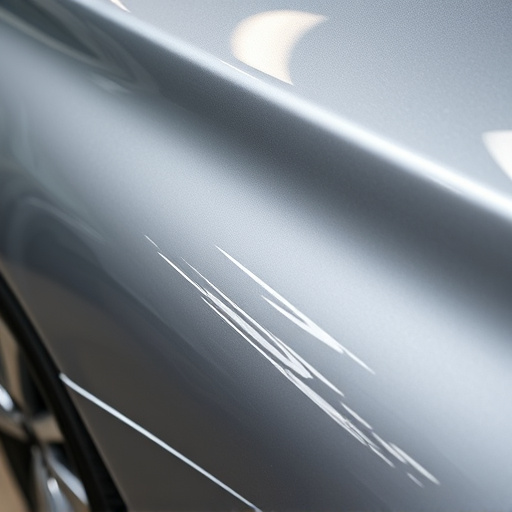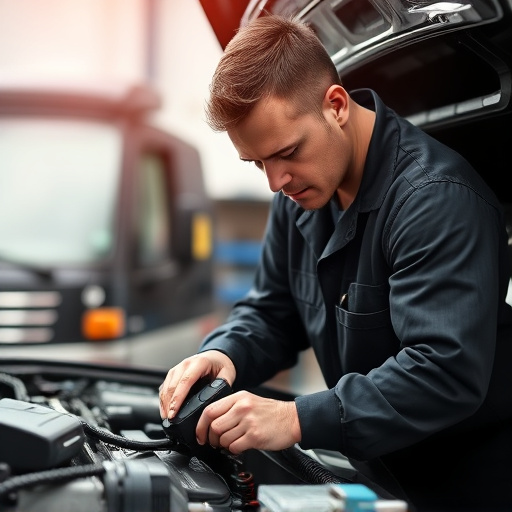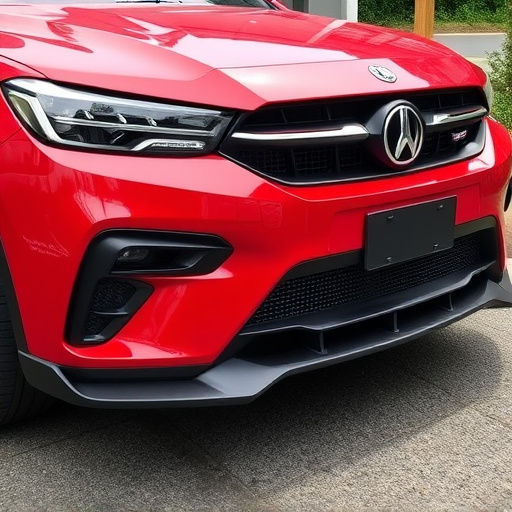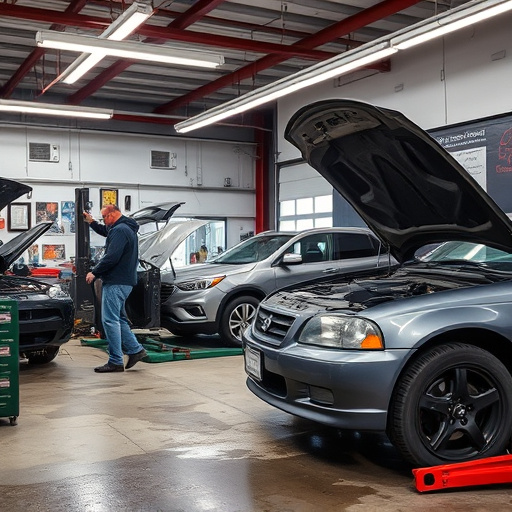Tesla structural aluminum repair involves advanced casting and forming techniques to create lightweight, strong frames and body panels. Specialized knowledge and safety protocols are essential for preservation of structural integrity, adherence to Tesla's standards, and environmental responsibility during collision repair of unique aluminum construction. Guide outlines meticulous step-by-step process from inspection and patching to high-quality paint finishes tailored for Tesla's specific material requirements.
“Uncover the meticulous process of Tesla structural aluminum repair with our comprehensive guide. Tesla vehicles are renowned for their innovative design, and understanding their unique structural aluminum framework is crucial for effective repairs. This article delves into a step-by-step restoration process, detailing preparation, safety, and technical skills required. From pre-inspection to final reinstallation, learn how to restore Tesla’s lightweight, durable frames, ensuring both performance and aesthetic integrity.”
- Understanding Tesla's Structural Aluminum Framework
- Preparation and Safety Measures Before Repair
- Step-by-Step Guide to Aluminum Restoration
Understanding Tesla's Structural Aluminum Framework
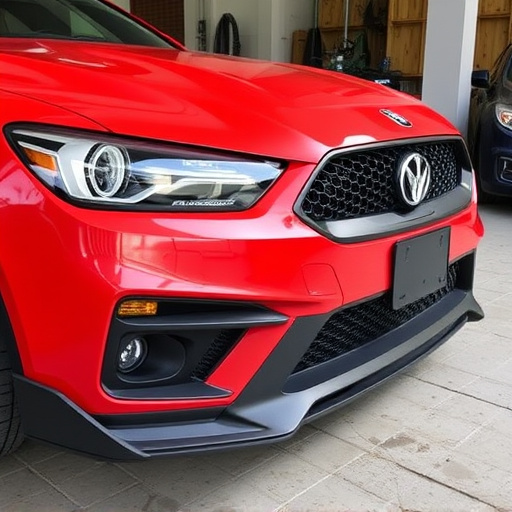
Tesla’s Structural Aluminum Framework is a groundbreaking design element that sets their vehicles apart in the automotive industry. This innovative material is utilized extensively in the construction of Tesla cars, particularly in their frames and body panels, offering superior strength-to-weight ratio compared to traditional steel. Understanding this framework is crucial for anyone involved in Tesla structural aluminum repair, as it involves specialized knowledge and techniques.
The aluminum used in Tesla’s construction is designed to withstand extreme conditions while maintaining its integrity. This includes advanced casting and forming processes that create intricate lattice structures, enhancing the metal’s overall strength. In auto body repairs, especially car collision repair, working with these frameworks requires skill and precision to match the original manufacturing standards. The goal is to preserve the structural integrity of the vehicle, ensuring it meets Tesla’s safety and performance criteria while also achieving a seamless finish that matches the vehicle’s aesthetic appeal.
Preparation and Safety Measures Before Repair
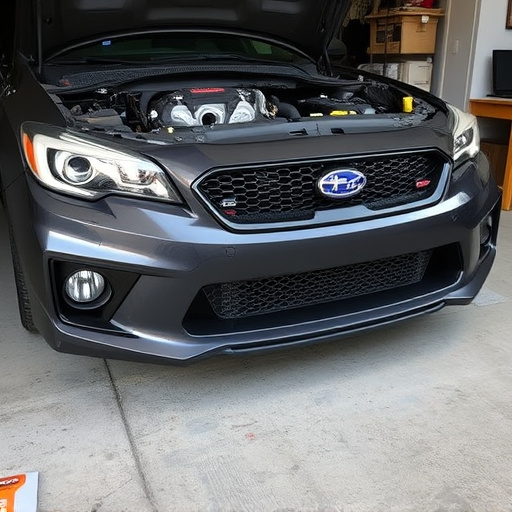
Before initiating any Tesla structural aluminum repair, safety should be the top priority for both the technician and the vehicle owner. Protective gear, including gloves, goggles, and a respirator mask, is essential to prevent direct contact with metal debris or toxic fumes during the process. The work area needs to be thoroughly cleaned and organized to ensure easy access to all necessary tools and materials without causing any accidents.
Additionally, proper ventilation is crucial in an auto body repair shop, especially when dealing with structural aluminum. This helps mitigate exposure to harmful fumes from welding or painting operations. As Tesla structural aluminum repair involves specialized techniques and materials, it’s vital to follow the manufacturer’s guidelines and adhere to industry standards for safety and environmental protection.
Step-by-Step Guide to Aluminum Restoration
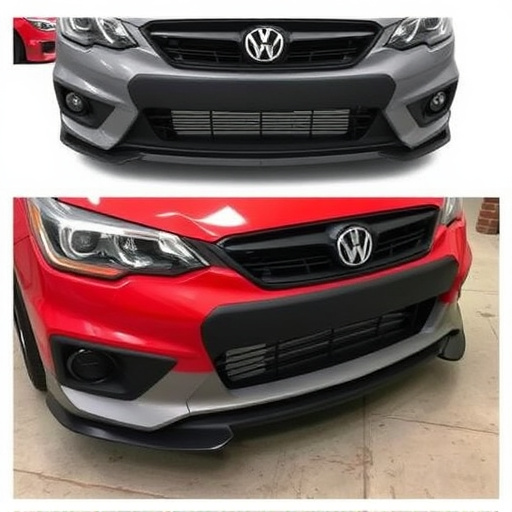
Restoring Tesla’s structural aluminum body is a meticulous process that demands precision and expertise. This step-by-step guide outlines the key phases involved in effectively repairing hail damage or other incidents affecting car bodywork, focusing on Tesla’s unique aluminum construction. Begin by thoroughly inspecting the damaged area to assess the extent of the repair needed. Next, carefully remove any loose debris or contaminants using specialized tools designed for aluminum surfaces to prevent further marring.
The heart of the process lies in patching and priming. This involves applying a suitable body filler to match the aluminum’s natural properties, followed by careful sanding to achieve a smooth surface. Once the area is prepared, prime the repair zone with an appropriate primer that enhances corrosion resistance—a critical step for maintaining Tesla’s structural integrity. Finally, expertly apply a high-quality paint job, ensuring color accuracy and longevity, often requiring multiple coats for optimal results in hail damage repair or collision center settings, and completing the transformation through professional car bodywork services.
Repairing a Tesla’s structural aluminum framework is a specialized process that, when executed properly, can extend the vehicle’s lifespan and preserve its unique design. By understanding the specific characteristics of Tesla’s aluminum construction and following a meticulous step-by-step guide, owners can confidently tackle minor repairs themselves, saving costs and gaining valuable knowledge. Remember, safety and proper preparation are key to achieving a durable and aesthetically pleasing repair, ensuring your Tesla continues to drive with precision and style.

